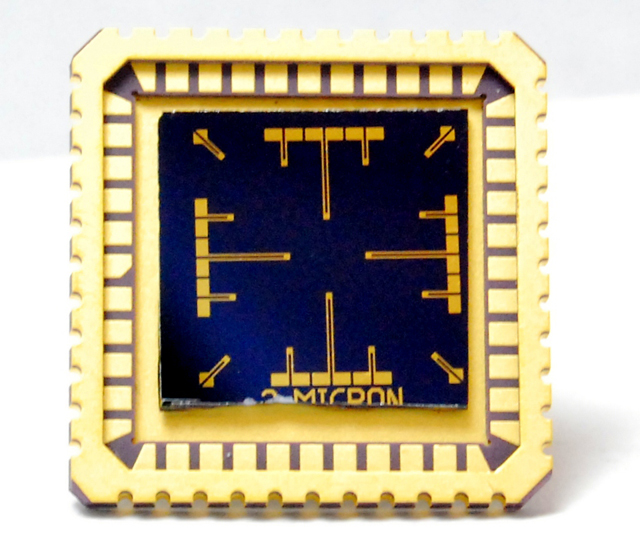‘Electronic nose’ could detect small quantities of harmful airborne substances
August 22, 2012
Researchers have developed an “electronic nose” prototype that can detect small quantities of harmful airborne substances.
Based on research by Nosang Myung, a professor at the University of California, Riverside, Bourns College of Engineering, the device has potential applications in agriculture (detecting pesticide levels), industrial sites (detecting gas leaks, combustion emissions), homeland security (warning systems for bio-terrorism) and the military (detecting chemical warfare agents).
At present, it’s about four inches by seven inches. The goal is to make it the size of a credit card. At that size, a multi-channel sensor would be able to detect up to eight toxins.
The nanosensor array uses functionalized carbon nanotubes to detect airborne toxins down to the parts per billion level. The prototype also includes a computer chip, USB ports, and temperature and humidity sensors. Version 2 of the prototype, due out in 30 days, will integrate a GPS device and a Bluetooth unit to sync it with a smart phone. The development team is evaluating if adding Wi-Fi capabilities will add value.
The unit is designed to be incorporated in a handheld device, a wearable device, and in a smart phone, depending on the application.
For example, a handheld unit could be used for environmental monitoring, such as a gas spill. A wearable unit could be used for a children’s asthma study in which the researcher wants to monitor air quality. A smart phone unit could be used by public safety officials to detect a potentially harmful airborne agent.
Nano Engineered Applications, Inc. plans to make it commercially available next year.
